Currency
GBP - British Pound
Due to its historical and biased association with marijuana, hemp was for a long time associated with long-haired hippies and/or an itchy sackcloth-like fabric. But no more! Naturally akin to linen in look and feel, organic hemp fabric can be soft like silk, drape like linen and snug like fleece. It is as versatile as cotton and as durable as a canvas - all produced in the most sustainable and ethical way possible.
Of all the sustainable fabrics available on the market, hemp is the most eco-friendly choice. Some manufacturers of synthetic fabrics are working hard to improve their carbon footprint, but their reliance on chemicals throughout the manufacturing process makes them harmful to the environment. Although organic cotton is significantly better for the environment than its non-organic counterpart, neither compare environmentally or in terms of quality, to hemp.
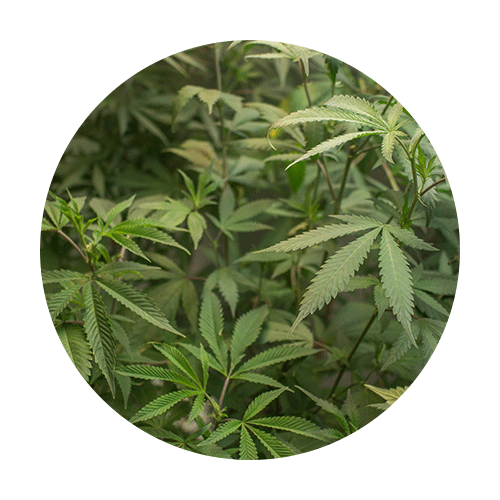

Due to its historical and biased association with marijuana, hemp was for a long time associated with long-haired hippies and/or an itchy sackcloth-like fabric. But no more! Naturally akin to linen in look and feel, organic hemp fabric can be soft like silk, drape like linen and snug like fleece. It is as versatile as cotton and as durable as a canvas - all produced in the most sustainable and ethical way possible.
Of all the sustainable fabrics available on the market, hemp is the most eco-friendly choice. Some manufacturers of synthetic fabrics are working hard to improve their carbon footprint, but their reliance on chemicals throughout the manufacturing process makes them harmful to the environment. Although organic cotton is significantly better for the environment than its non-organic counterpart, neither compare environmentally or in terms of quality, to hemp.
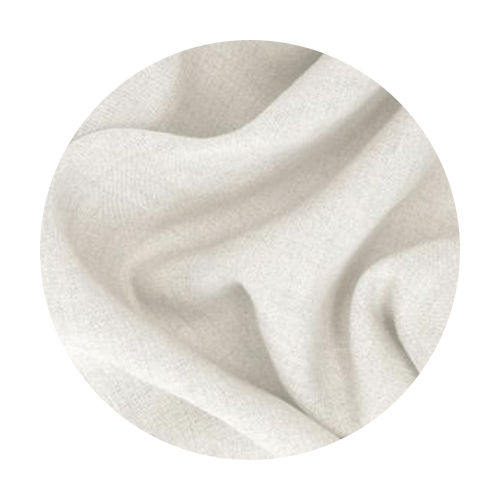
Hemp is one of the strongest and most durable organic fibres available today, which makes it an excellent choice for outerwear. Hemp clothing is even said to have triple the tensile strength of cotton.
It blends easily with other fibres to produce a hemp-hybrid material, and this technique retains the strength of the hemp fibres while adding the comfort of softer, more refined fabrics.
Hemp has been farmed since the beginning of agriculture, and that added longevity makes it an excellent choice for those looking for reliable garments. On top of that, the cultivation of hemp for the purposes of creating fabric has a fairly low environmental impact. This makes it ideal for those who are interested in green living.
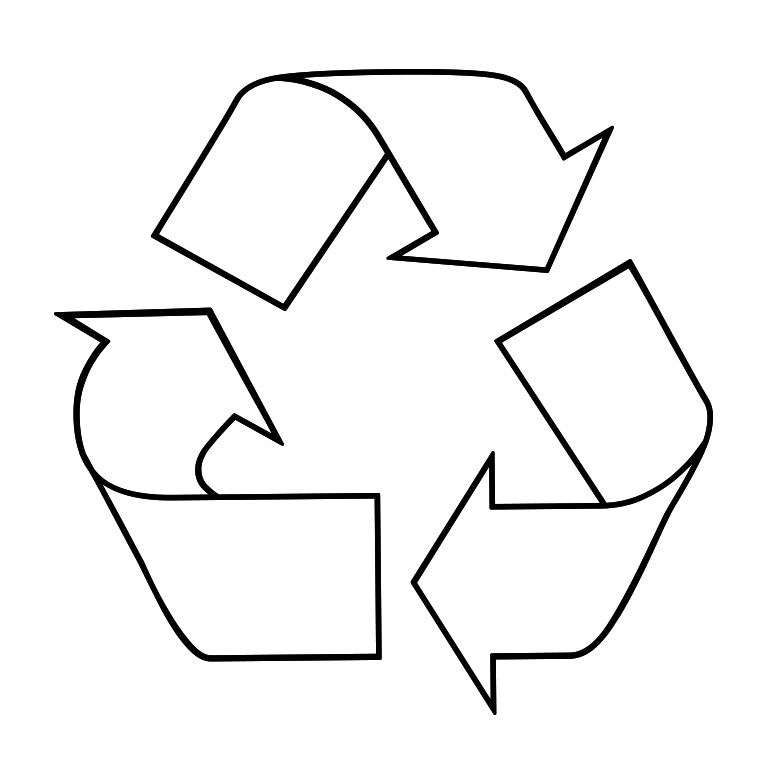
Hemp fabric is biodegradable, compostable and recyclable
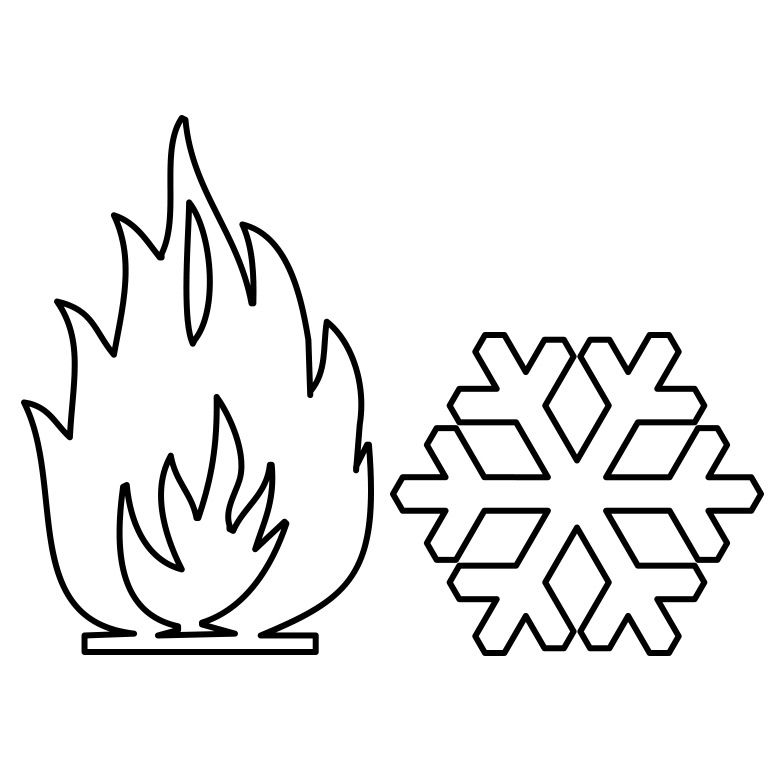
Thermodynamic! It keeps you warm when it’s cool and cool when it’s hot
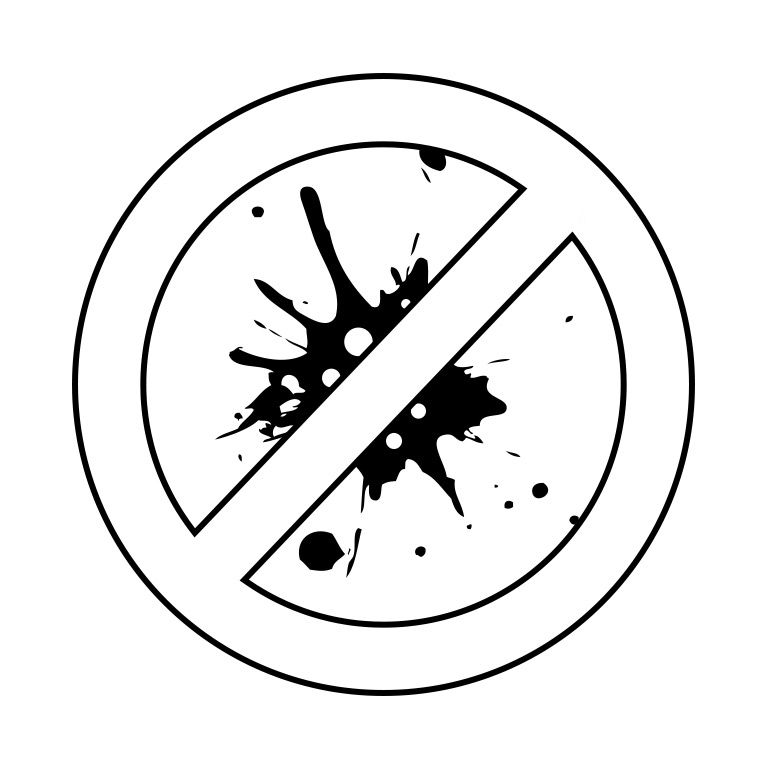
It is antibacterial, anti-fungal and anti-allergen
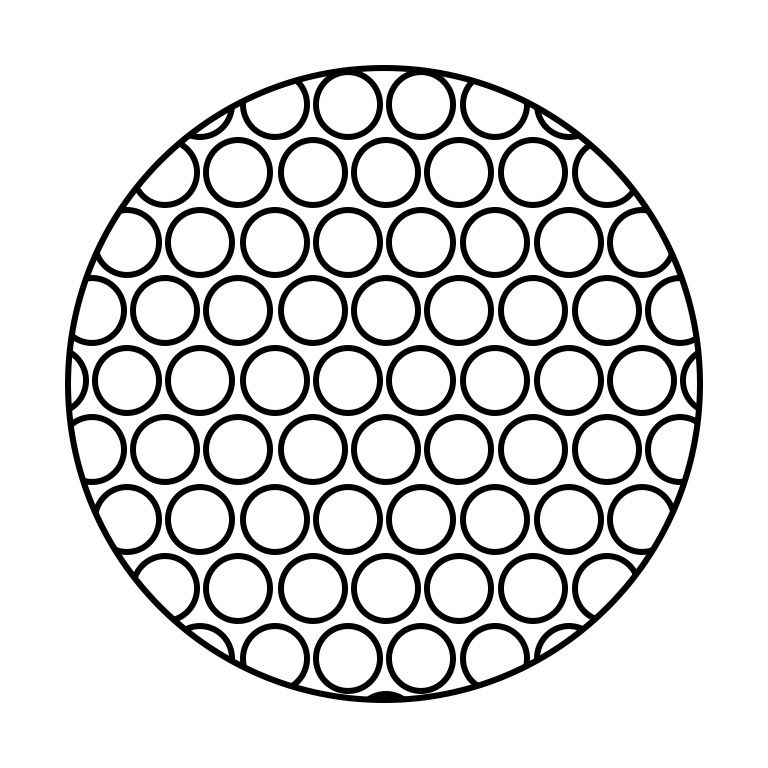
Hemp’s hollow shafts mean it is breathable and also insulating
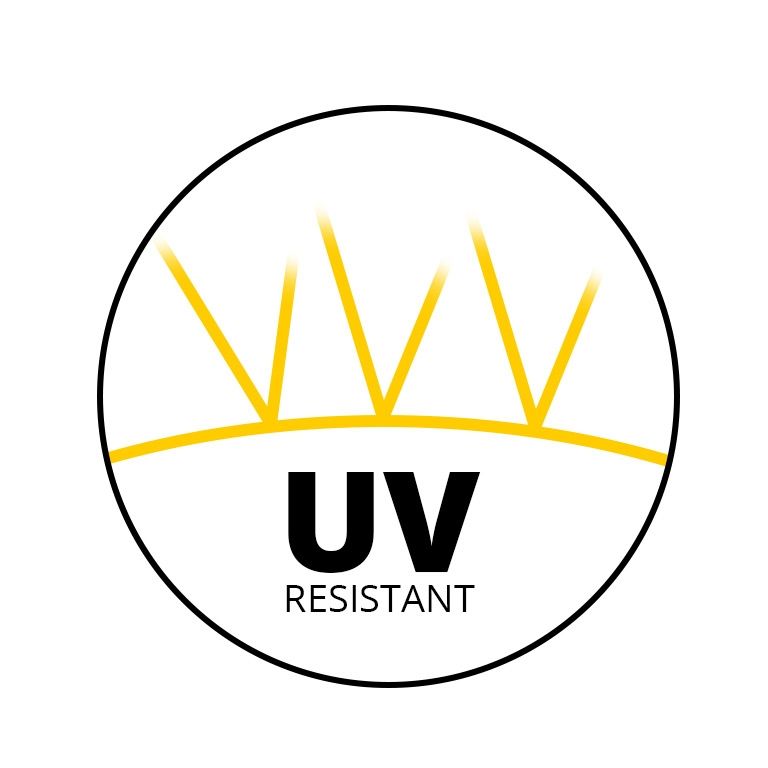
It is the worlds only naturally UV resistant fabric!

Hemp is an extremely durable, hard wearing fabric. 5x the tensile strength of cotton and 3x more durable. It also gets softer with age.
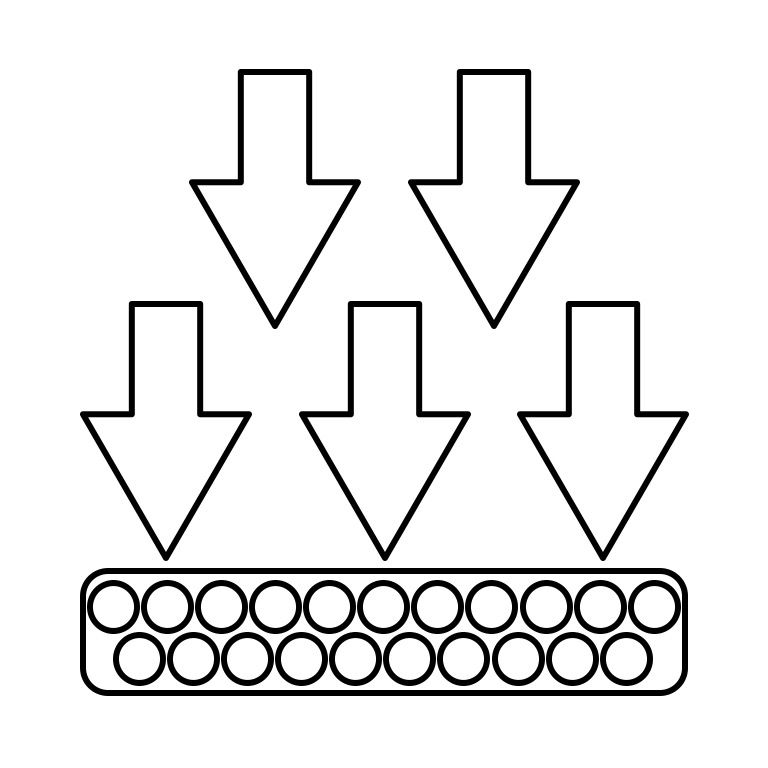
Hemp is a highly absorbent fabric, meaning it retains the colour and quality when dyed, much more than cotton or linen
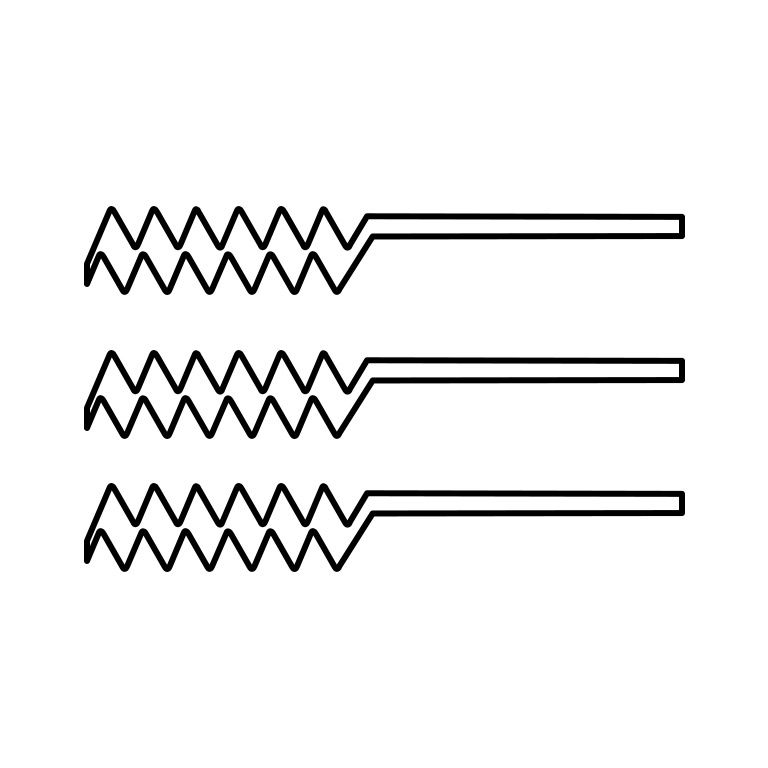
Strong structure means it doesn’t lose shape easily and having an elastic fibre, results in less creasing
There are two different types of bamboo yarn available - viscose bamboo and natural plant bamboo. Unfortunately, 99% of bamboo fabric used in clothes production is the viscose variety and only a tiny amount is the pure 'bast' plant fibre version. Viscose bamboo is an extruded fibre made from cellulose extracted from bamboo. This is a chemical process. So although the bamboo plant yields large numbers of fibres and can grow multiple crops a year, unfortunately the amount of water and harmful toxic chemicals required to create fabric from the plant, mean it’s not as eco-friendly as commonly perceived.
Like hemp, cotton is a versatile plant. It is used in a huge amount of clothing and fabric production. Unlike hemp, however, cotton is a very intensive plant to grow. It requires huge amounts of water: up to 20,000 litres are required to produce a pair of jeans and 3,000 litres for a single t-shirt. Although it is a natural fabric, because of its susceptibility to pests it requires a huge amount of pesticides and insecticides to grow successfully. These chemicals seep into the groundwater surrounding the cotton plants and then enter the local water system, harming wildlife and plants. They also corrode the soil, making it difficult to grow good quality plants to the same yield next time. They also cause health difficulties to the workers in charge of managing these crops, causing cancers and sometimes death due to the toxicity of these harsh chemicals.
Although organic cotton doesn’t use any of the harmful synthetic pesticides, herbicides, insecticides or fertilisers that its non organic sister requires, it still requires a great deal of water. However, unlike regular cotton, it is not polluting groundwater, killing local wildlife or harming workers which means it is a more environmentally friendly choice.
Synthetic fabric revolutionised clothing production in the early 20th century. The low cost of this cloth allowed for mass produced clothing to be sold for small sums of money, encouraging shoppers to buy more clothes at cheaper costs. This is bad news for the environment because the base fibre of synthetic fabrics such as polyester and nylon is fossil fuel oils, which not only contribute heavily to global emissions, but also require large polluting chemical inputs during processing and finally it creates astonishingly vast amounts of microplastics.
Hemp’s innate eco-friendliness and relation to marijuana also means that hemp clothing is closely associated with hippie culture, a subculture that is, in turn, almost synonymous with getting high. However, brands today are not just selling knitted pullovers for after-school smokers.
Eco-conscious brands are turning hemp fabrics into modern styles and fashions, making products that were once very limited in scope and production into something novel and, dare we say, chic. As the world engages ever increasingly with their carbon footprint and impact on the environment, more people are turning to hemp as a solution to lessen their environmental impact.
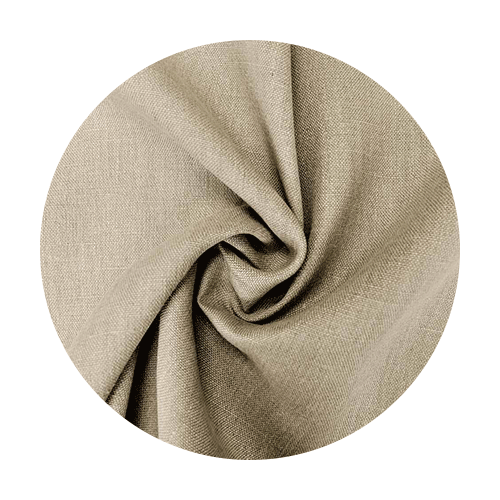

Hemp’s innate eco-friendliness and relation to marijuana also means that hemp clothing is closely associated with hippie culture, a subculture that is, in turn, almost synonymous with getting high. However, brands today are not just selling knitted pullovers for after-school smokers.
Eco-conscious brands are turning hemp fabrics into modern styles and fashions, making products that were once very limited in scope and production into something novel and, dare we say, chic. As the world engages ever increasingly with their carbon footprint and impact on the environment, more people are turning to hemp as a solution to lessen their environmental impact.
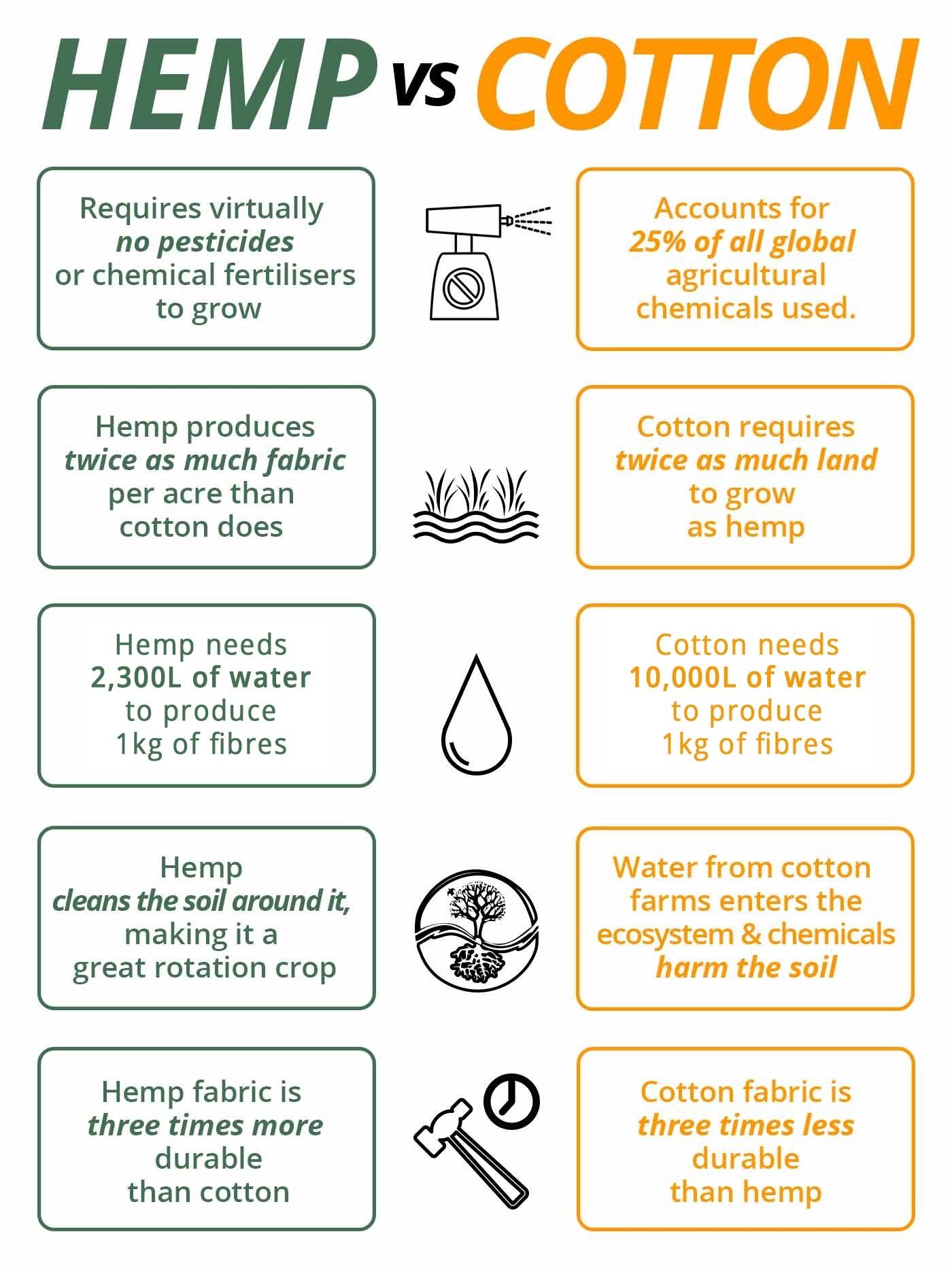
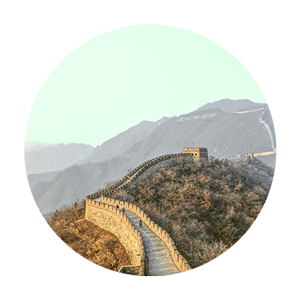
Hemp first grew on planet earth in China. Our Chinese fabric begins life in small farms in Shanxi, a farming region in northern China. The climate and soil of the region offer the ideal environment for hemp to grow successfully and this, together with the expertise long passed down through the generations, makes it an economically viable plant for even the smallest of farms to grow.
Although the demand for hemp is constantly increasing, its demonisation alongside marijuana in the US and Western Europe which resulted in a ban on planting the crop has meant that its growth has been slow and its reach much smaller than cotton. This is also why our hemp is sourced from lots of small farms.
While it is great to support these farmers it does make it difficult to certify to an organic standard: organic certification is not economically viable for these family-run farms. This is unlike the organic cotton yarns that are found in some of our Hemp and Cotton blended fabrics, which is certified.

Historically, Romanian people have traditionally grown hemp for its fibre. In some Romanian regions, the old traditional ways of growing and processing hemp within the household have remained unchanged until today. Our fibres from Romania are spun, milled, woven, dyed and finished without toxic chemicals (often with no chemicals at all) and without using huge amounts of freshwater. The mill produces the Hemp fabrics from organic yarn, which, although not certified, is grown/cultivated, produced and spun, organically.
Our Romanian fabrics are made from hemp fibres that have been mechanically processed with a chemical-free, environmentally sound technology. This natural processing preserves the innate integrity of hemp fibre with its long molecular structure and inherent strength and durability.
It is accomplished with a series of increasingly fine mechanical combings done in two stages known as scutching and hackling, the traditional methods used for hemp processing in Eastern Europe.